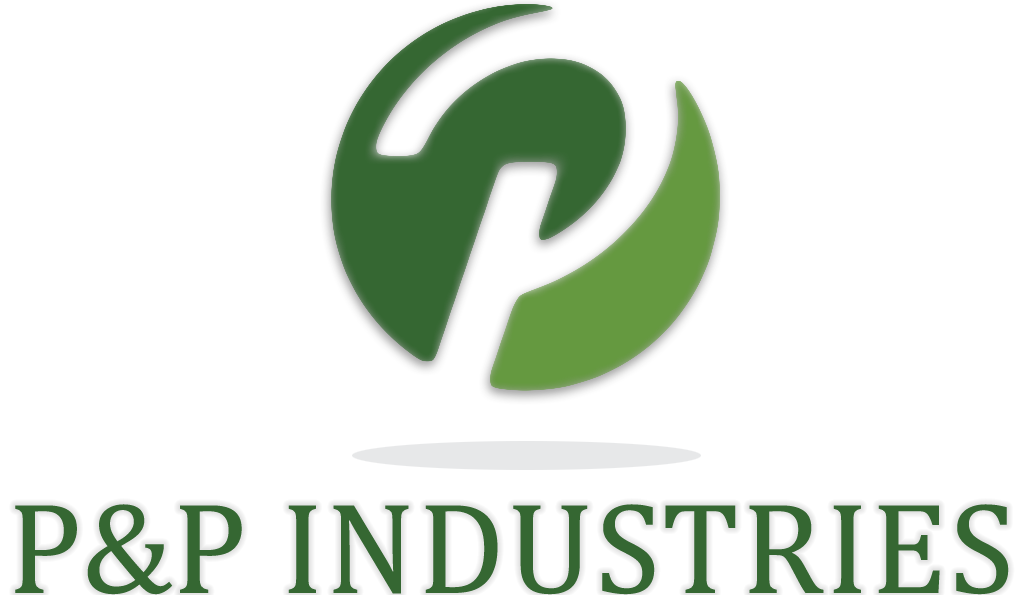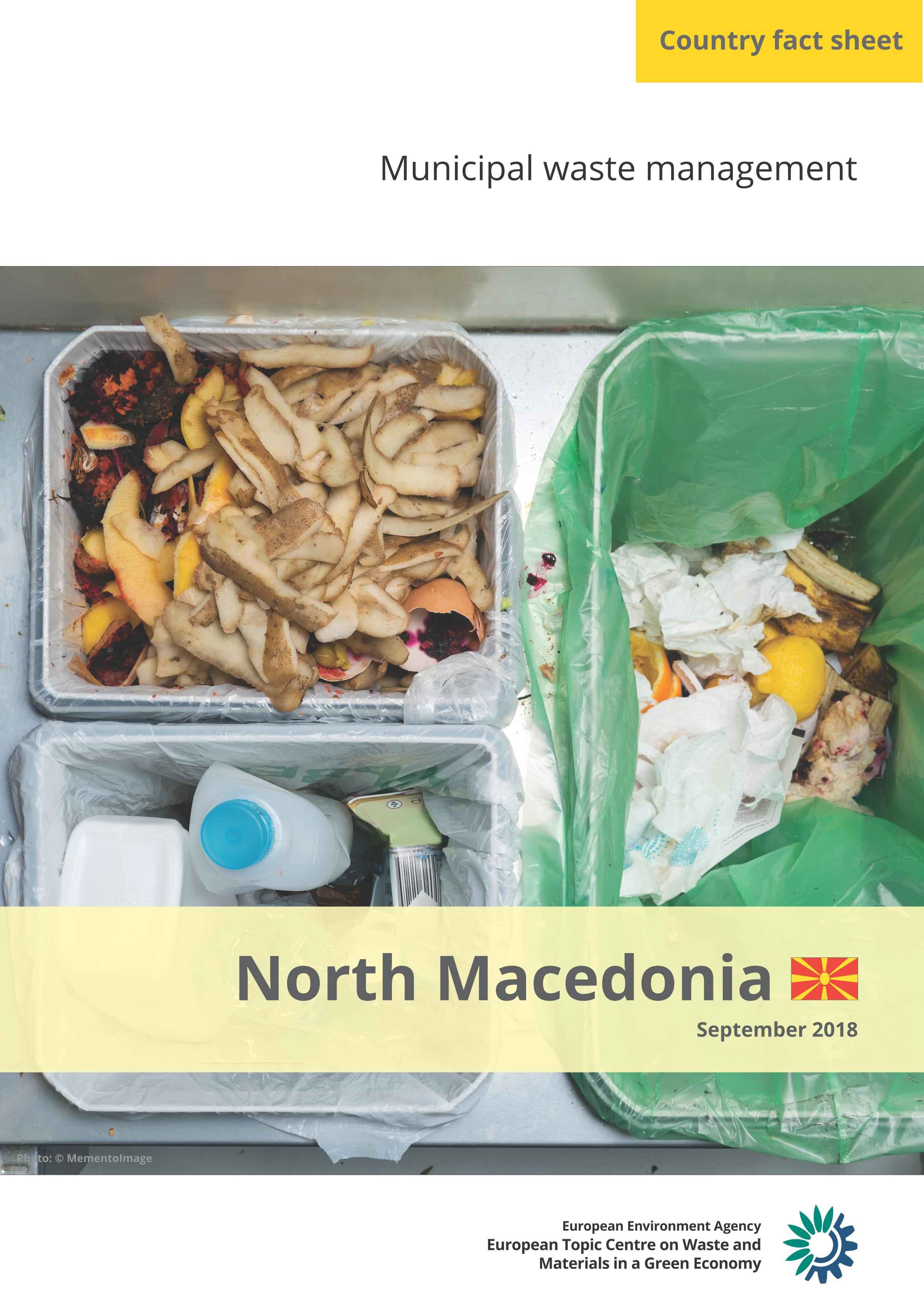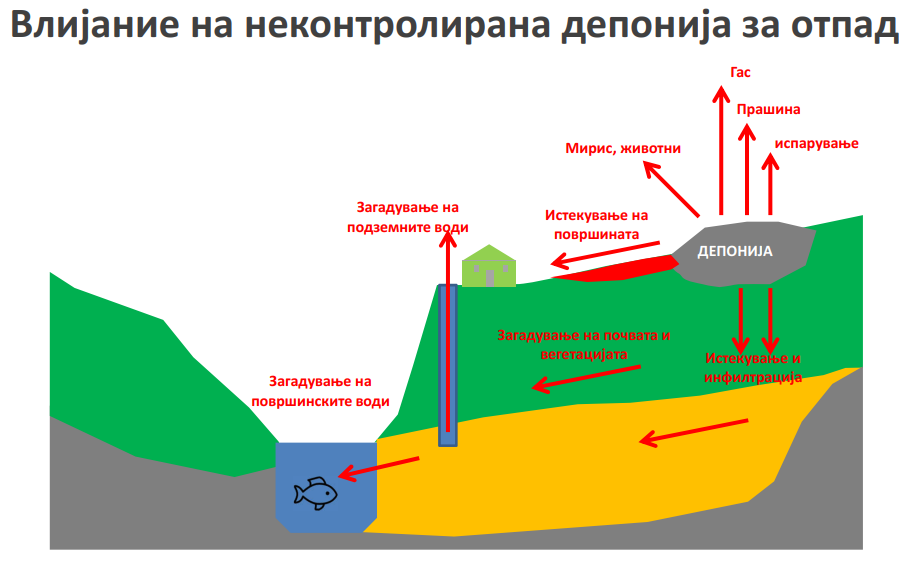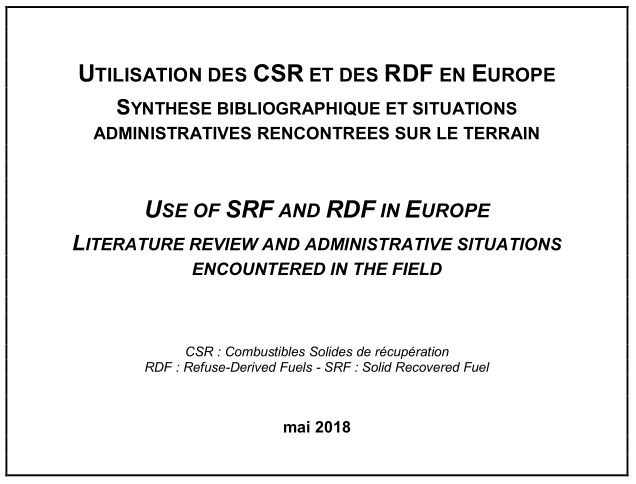North Macedonia Fact Sheet – September 2018 (European Environmental Agency)

Your competitive energy
01/01/2019
Everybody is generated waste. Then, what do we do?
13/09/2019Status quo
In North Macedonia, most municipal disposal sites are not regulated or licensed, leading to
a vast number of illegal dumpsites. Additionally, there are many industrially contaminated
hotspots. Due to organisational and staffing issues, there are cost recovery and financing
problems. Also, there are shortcomings in generating and sharing reliable data.
Objectives
• Regulate the ways of handling, labelling, treatment, processing, storage and
removal of waste from asbestos and waste from products containing asbestos
• Reduce use of plastic bags
• Develop an integrated regional waste management system
• Increase investments in waste separation and recycling
Landfilling
• Hazardous and industrial solid waste is usually disposed at industrial landfill sites,
together with other waste from processes, or at municipal landfills, together with
other waste (clearly this is not compliant with the current legal framework)
• It is estimated that around 5 000 tonnes of industrial non-hazardous waste is
disposed at municipal landfills, together with around 500 tonnes of industrial
hazardous waste
• Compliance and enforcement are not adequately developed
• Total deposits are estimated at 267.6 million m³, covering an estimated 260 ha of
land (UNECE, 2011, p. 138)
• There are numerous illegal dumpsites where smaller communities and villages in
rural areas dispose their waste (around 1 000 sites)
• 2008: 78 % of collected municipal waste was landfilled (EEA, 2015)
• 2012: 99.74 % of collected municipal waste was landfilled (due to increased
coverage of the nationwide MSW collection system) (EEA, 2015)
Source: European Environmental Agency (EEA) – September 2018
Fact Sheet North Macedonia



